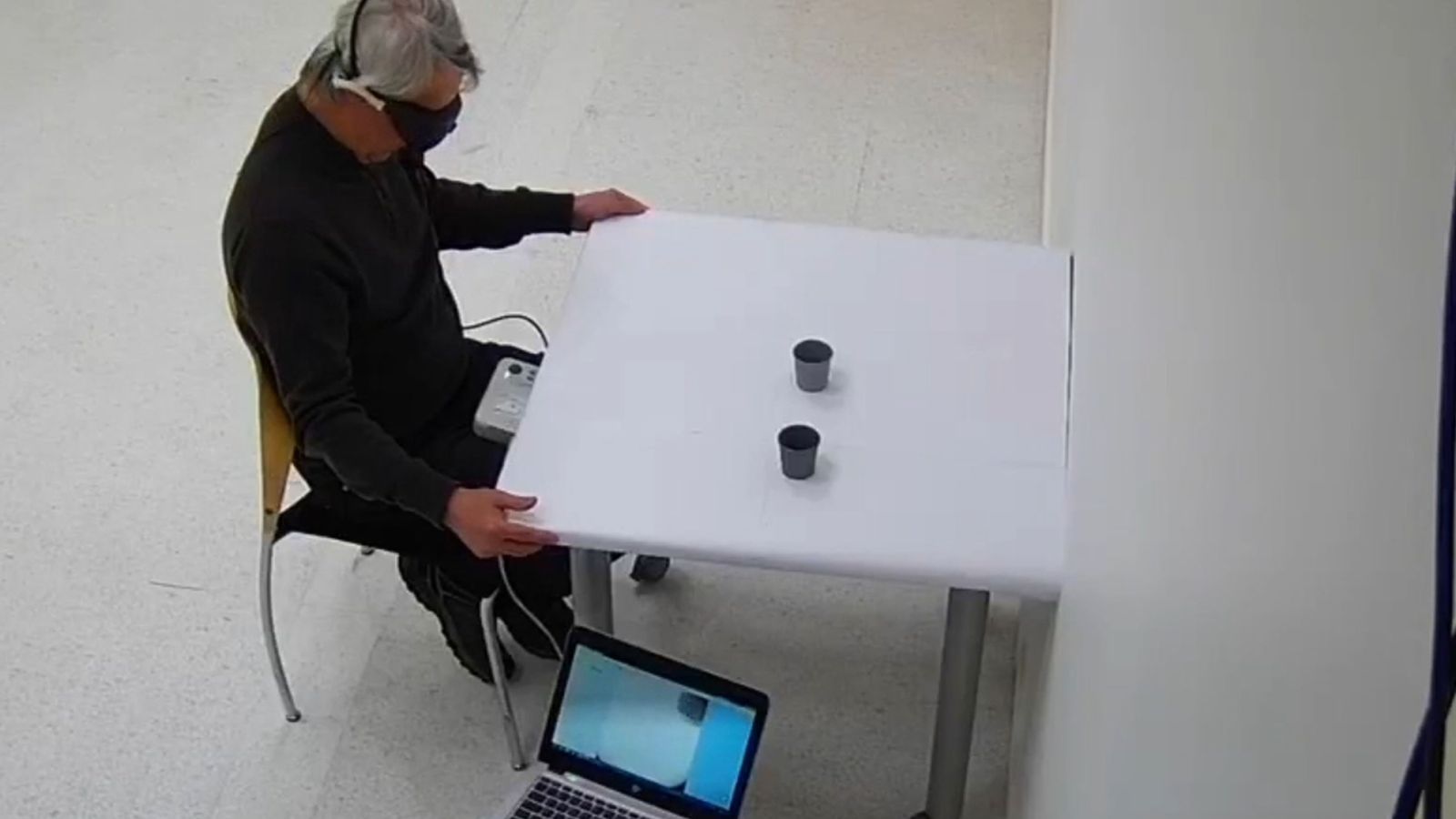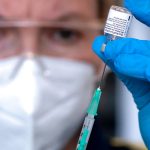A blind man has regained some vision in one eye thanks to an innovative treatment using genetic engineering and light-activated therapy.
The 58-year-old, who is based in France, was diagnosed almost 40 years ago with retinitis pigmentosa (RP), a neurodegenerative eye disease that affects the retina at the back of the eye and stops it from working.
But following the treatment he was was able to recognise, count, locate and touch different objects with the treated eye while wearing a pair of light-stimulating goggles.
RP is a condition where the cells in the retina that are receptive to light are broken down, which can lead to complete blindness.
It is the most common inherited eye condition, affecting around one in 4,000 people in the UK.
There is no approved treatment for RP, except for a gene-replacement therapy that only works on an early-onset form of the disease.
The new findings, published in the journal Nature Medicine, are still in their early stages, but the scientists’ work could be seen as a stepping stone for new targeted treatments for those with the condition.
The researchers used a technique, known as optogenetics, to genetically alter cells in the retina so that they produce light-sensitive proteins called channelrhodopsins.
The treatment, delivered using an injection in one eye, enabled gene coding for a channelrhodopsin protein called ChrimsonR, which senses amber light.
The team also developed specialised goggles fitted with a camera that captures and projects visual images on to the retina at amber light wavelengths.
The patient was then trained for several months as the genetically-altered cells began to stabilise.
Seven months later, he started to show signs of visual improvement, the researchers said.
The team said their patient was “very excited” following his first experience partial vision after treatment when he observed the white stripes of a pedestrian crossing while out on the street.
The researchers also took readings of his brain activity using a technique known as electroencephalography (EEG).
A tumbler was alternately taken on or off the table, and the patient had to press a button indicating whether it was present or absent.
Results from the experiments showed he could tell with 78% accuracy if the tumbler was present or not.
Botond Roska, founding director at the Institute of Molecular and Clinical Ophthalmology Basel and professor at the University of Basel, Switzerland, said: “The findings provide proof of concept that using optogenetic therapy to partially restore vision is possible.”
Jose-Alain Sahel, professor and chairman of ophthalmology at the University of Pittsburgh, said: “Importantly, blind patients with different kinds of neurodegenerative photoreceptor disease and a functional optic nerve will potentially be eligible for the treatment.
“However, it will take time until this therapy can be offered to patients.”






















